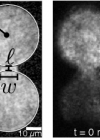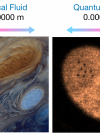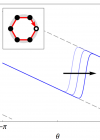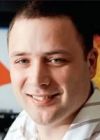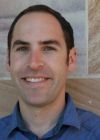Abstract: In our lab, we use lasers and magnetic fields to cool tiny samples of millions of atoms to temperatures a few billionths of a degree above absolute zero. At such cold temperatures they form a superfluid known as a Bose-Einstein condensate, that flows with zero viscosity. Using tailored light fields to trap and guide the atoms, we will build rudimentary atomic circuits, and coax the superfluid to flow through a channel between two reservoirs, firstly with thermodynamic gradients, and secondly by building a quantum pump. Along with computer modelling, our joint study will allow us to characterise the microscopic transport properties of superfluids, and provide us with an understanding of how to use them in atomtronic devices in the future.

UQ Ultracold atom optics/many-body physics
